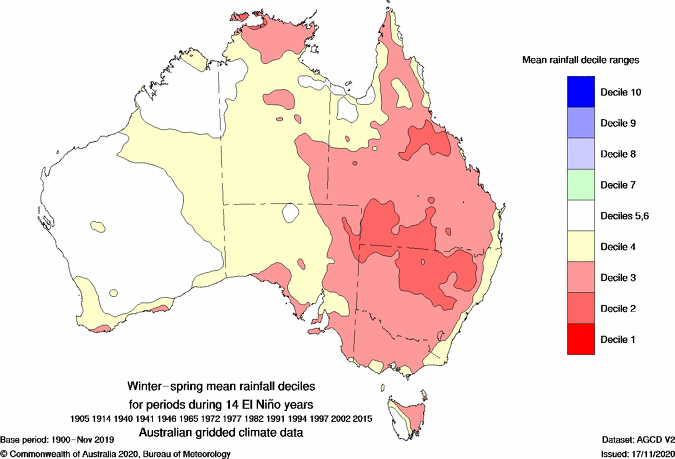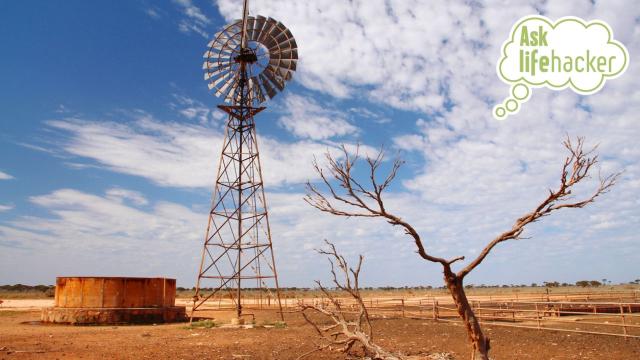If you’ve been praying for the horrible old girl La Niña to leave our shores, you’re in luck because she has officially left our grips. However, don’t celebrate for too long because an El Niño event might be on its way this year.
If you thought La Niña was an evil weather system, consider El Niño to be its angrier, hot-headed twin.
At the same time that the Bureau of Meteorology (BoM) declared the end of La Niña, they announced that Australia was on an El Niño Watch. This means that we might see a rapid shift to hot, dry weather this year.
The watch was triggered because eastern Pacific temperatures are warming rather quickly. However, the declaration is not confirmation that El Niño will actually arrive, just a 50 per cent chance of it developing.
But just what does El Niño mean and what can Australia expect? We find out in this week’s Ask Lifehacker.
What is El Niño?
As we all know very well by this point, La Niña conditions usually result in higher than average rainfall over Australia.
So, if El Niño is the opposite of that, we can expect very, very hot and dry conditions. Great.
According to the Bureau of Meteorology (BoM), an El Niño occurs when sea surface temperatures in the central and eastern tropical Pacific Ocean start to become much warmer than average. This then causes a shift in the atmospheric circulation and can see equatorial trade winds reverse or weaken.
What does it mean for Australia?

So, what does all of that mean for Australia?
Well, typically it means reduced rainfall, warmer temperatures, shifts in temperature extremes, increased frost risk, reduced tropical cyclones, decreased alpine snow depths and increased fire danger in southeast Australia.
In fact, according to the BoM, nine of the ten driest winter-spring periods for eastern Australia occurred during El Niño years.
Obviously, reduced rainfall usually means droughts. This weather event has been associated with severe droughts in Australia in 1982, 1994, 2002, 2006 and 2015.
In addition to reduced rainfall, El Niño systems tend to bring warmer-than-average temperatures during the second half of the year. Global warming is also amplifying the temperature increases during El Niño years.
Don’t we just love jumping from extreme rainfall to extreme heat? Totally normal!
With less rain and increased temperatures, we can also see a heightened risk of bushfires.
The BoM says that the frequency of high fire danger ratings and the risk of a significant fire danger season in southeast Australia are much higher because of the weather event. The Ash Wednesday fires (1983) and the 2002/03 and 2006/07 fire seasons all occurred after El Niño years.
It’s hard to forget the Black Summer fires of 2019/20. Those catastrophic conditions occurred without an El Niño weather system in place, so it’s scary to think what bushfires might occur as a result of the weather event.
The fact that 2022 was the sixth hottest year on record during a La Niña event is wild. It means that if we do in fact experience El Niño, it might just be the hottest year on record, globally.
If you’ve got a burning question that you need answering, send them to us, and we will answer it! Your question could be featured on the next Ask Lifehacker.
This article has been updated since its original publication.

Leave a Reply
You must be logged in to post a comment.